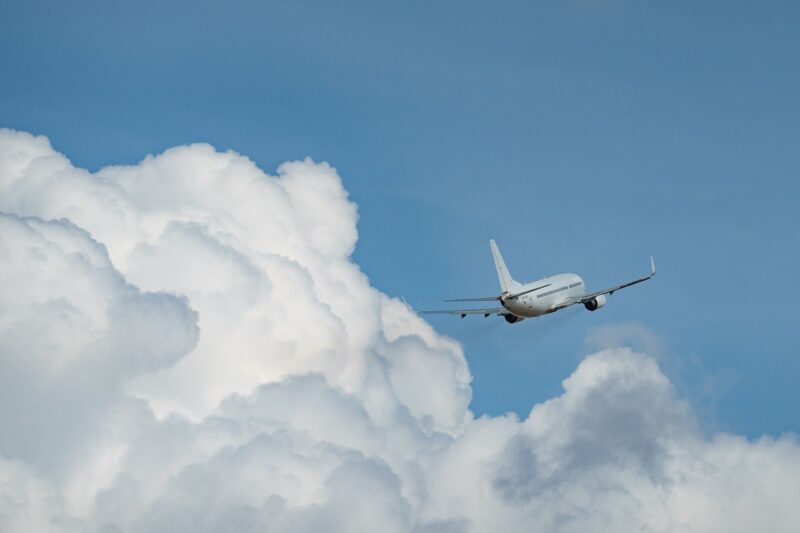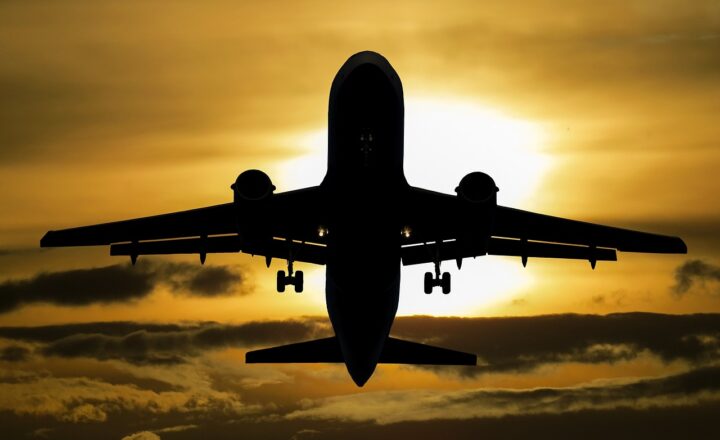
As we hurtle through the 21st century, the aviation industry stands on the verge of significant transformations. The way we travel by air is set to evolve into something extraordinary. In this article, we will explore potential advances in technology, design, sustainability, and passenger experience that could define air travel 50 years from now.
1. Technological Innovations in Aviation
The future of airplanes will heavily rely on advanced technology. Innovations will touch every part of air travel, from the aircraft design to airport operations. Here are some advancements that may shape the future:
- Autonomous Flight: Imagine a world where pilots are not necessarily at the controls. With artificial intelligence (AI) and advanced sensor technologies, we could see fully autonomous aircraft. These planes would be programmed to handle all aspects of flight, from take-off to landing, reducing human error and optimizing flight efficiency.
- Electric and Hybrid Engines: Sustainability in aviation is crucial. The demand for environmentally friendly travel will lead to the development of electric and hybrid engines, drastically reducing carbon footprints. Companies are already testing electric planes, and in 50 years, we might see battery-powered aircraft dominating the skies.
- Advanced Materials: Future aircraft could be made from lightweight, strong materials like carbon nanotubes or graphene. This will improve fuel efficiency, speed, and safety. Airframes could also be designed to be more aerodynamic, reducing drag and enhancing performance.
These technological advancements promise a new era for aviation, where safety and efficiency are paramount.
2. Design Innovations: Looking Ahead
The aesthetics and functionality of future aircraft will evolve dramatically. Forget about traditional tube-like fuselages. Here’s what the designs may look like:
- Blended Wing Body (BWB) Designs: BWB designs integrate the wings and the body of the plane into one seamless structure. This design not only offers improved aerodynamics but also increases cabin space and reduces fuel consumption. Imagine sitting in an airplane where the wings merge with your surroundings for a smoother ride.
- Variable Wing Configurations: Future airplanes might feature wings that can change shape during flight. This technology can adapt to different flight phases, improving performance and fuel efficiency. Planes could, theoretically, morph their wings like birds to optimize performance at various speeds and altitudes.
- Personalized Cabins: As passenger comfort becomes increasingly important, future airplanes might offer customizable personal spaces. This could include adjustable seating, on-demand entertainment, and even virtual reality experiences implemented into the cabin design, making your flight feel more like a home away from home.
The aesthetic shift will reflect the growing demands of passengers for comfort, convenience, and sustainability.
3. Enhanced Passenger Experience
As technology improves, so will the overall experience for air travelers. The future of air travel promises not just advanced aircraft but an entire ecosystem focused on enriching the traveler experience:
- Seamless Check-in with Biometric Technology: Traveling will be effortless, thanks to biometric recognition technologies. Imagine walking into an airport, and facial recognition software processes your flight check-in and boarding without any physical interaction needed. This technology will expedite the overall travel experience and decrease waiting times significantly.
- Virtual Reality Airports: Future airports might feature mixed-reality experiences that allow passengers to explore their destinations before arriving. Travelers could enjoy virtual tours inside the airport, interactively learn about their destination, and make their journey feel less about logistics and more about the adventure ahead.
- Health and Well-being Focus: The future might see a greater emphasis on passenger health. Planes could incorporate advanced air filtration systems to reduce illness transmission, adjustable lighting mimicking natural sunlight to reduce jet lag, and dedicated areas for relaxation and mindfulness before and during flights.
By focusing on the passenger experience, airlines will pivot towards a future where flights become a pleasurable and seamless part of travel.
4. Environmental Considerations
In light of climate change and environmental concerns, the aviation sector recognizes that its future hinges on sustainable practices. Here’s how planes may tackle this critical issue:
- Reduced Emissions: As we’ve discussed, electric and hybrid aircraft are likely to proliferate, promising zero-emission flights for short-haul trips and lower emissions for long-haul journeys. The overarching aim is to make air travel as green as possible to combat the airline industry’s carbon footprint.
- Sustainable Aviation Fuel (SAF): SAF technology will evolve, allowing airlines to use fuels derived from waste materials and sustainable resources. This will bring significant reductions in greenhouse gas emissions and foster a shift towards renewable sources of energy for aviation.
- Innovative Aircraft Recycling: The concept of lifecycle management will become vital. Future aircraft design could facilitate easier recycling, ensuring that materials are reused rather than discarded. Airlines might develop programs ensuring planes are sustainably decommissioned with minimal environmental impact.
Transportation platforms will be at the forefront of the movement towards sustainability, ensuring that future air travel is as eco-friendly as possible.
5. The Global Implications of Air Travel Innovations
The above innovations do not merely represent technical changes; they symbolize an evolution in how we connect with the world:
- Boost in Global Connectivity: As air travel becomes cheaper, more accessible, and less environmentally damaging, global connectivity will reach unprecedented levels. Remote areas will become accessible, fostering cultural exchange and economic growth in regions previously isolated by geography.
- Geopolitical Considerations: With improved air travel options come new geopolitical dynamics. Countries with pioneering aviation technologies may gain a competitive edge, influencing trade and tourism patterns. International cooperation and aviation regulations will adapt to these shifts in power and connectivity.
- The Spaceraport Concept: Future airports may not only operate within the atmosphere but expand beyond. A concept of spaceports for suborbital and orbital travel may emerge, making international vacations a journey beyond the ordinary and opening the door for infinite exploration possibilities.
The global implications of advancements in air travel reveal a future where borders blur, and humanity inches closer together.
Conclusion
The future of air travel is positioned to be a revolution driven by technology, sustainability, and a focus on passenger experience. Innovations in flight technology, designs pushing the envelope of aerodynamics, heightened environmental awareness, and enhanced passenger experiences will come together to redefine how we traverse our planet. What was once a lengthy and often draining process could transform into an engaging, efficient, and enjoyable journey, connecting communities and cultures across the globe like never before. As an industry, aviation is ready for ambitious, bold changes that will shape the skies for generations to come.







